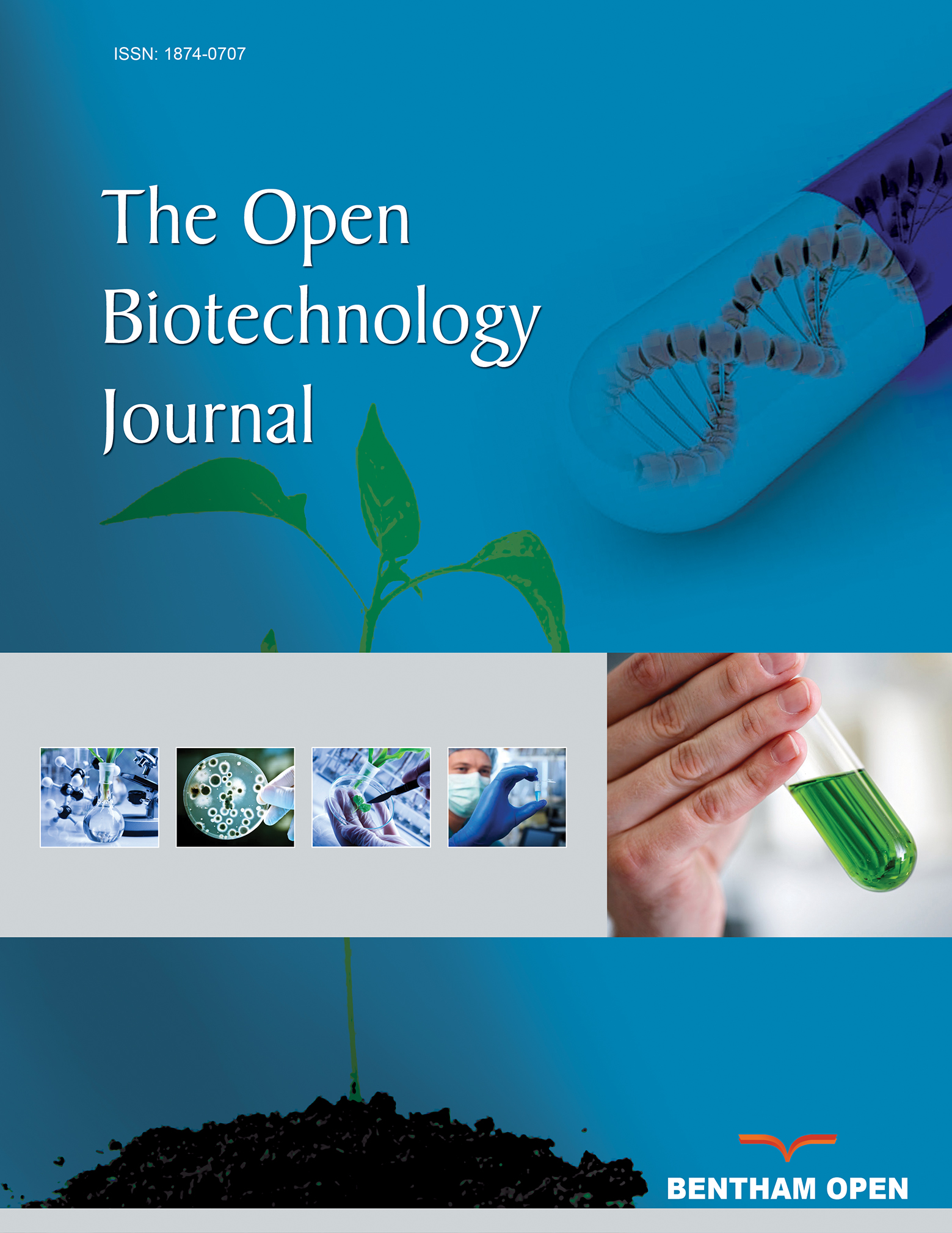All published articles of this journal are available on ScienceDirect.
Chemical Profiling and Antimicrobial Properties of Phyto-Active Extracts from Terminalia glaucescens Stem Against Water Microbial Contaminants
Abstract
Background:
The present study was designed to evaluate the phytochemicals of Terminalia glaucescens stem extracts and test their antimicrobial potency against water microbial contaminants reported to be multidrug resistant.
Method:
Dry stem powder was extracted with ethanol, ethyl acetate and chloroform. These fractions were then examined for antimicrobial activity by using disc diffusion assay against typical clinical bacteria and fungal isolates which have been reported as water contaminants. The microbial strains were exposed to five different concentrations of extracts: 500 mg/ml, 250 mg/ml, 100 mg/ml, 50 mg/ml and 25 mg/ml.
Result:
It was observed in this study that increase in the concentration of extracts correlated with microbial growth inhibition. In-vitro phytochemical screening of plant extracts revealed the presence of alkaloid, flavonoid, saponin, terpenoid, steroid and anthraquinones. Ethanolic extract performs better than ethyl acetate and chloroform extracts, as it recorded the highest zone of inhibition of 20.5 mm against Streptococcus pneumoniae while ethyl acetate and chloroform recorded 17.50 mm each against Streptococcus pneumoniae and Bacillus cereus, respectively. Ethanolic extract also showed the highest antifungal activity against Trichoderma sp. and Aspergillus niger. The antibacterial and antifungal activities of active extracts were observed in the increasing order Ethanol>Chloroform≥ethyl acetate with respect to the maximum zone of inhibition. Activity of crude extract from ethanol, when further compared with commercial antibiotics (Gentamicin, Streptomycin and Nystatin), was significantly higher.
Conclusion:
This plant crude extracts could therefore serve as potential source of new biocides with application in water research and other biotechnological fields.


